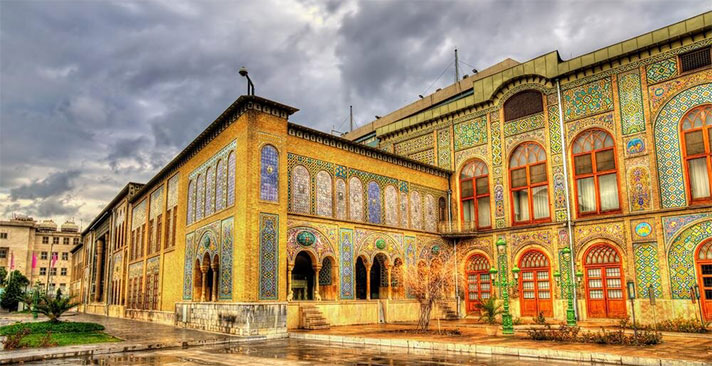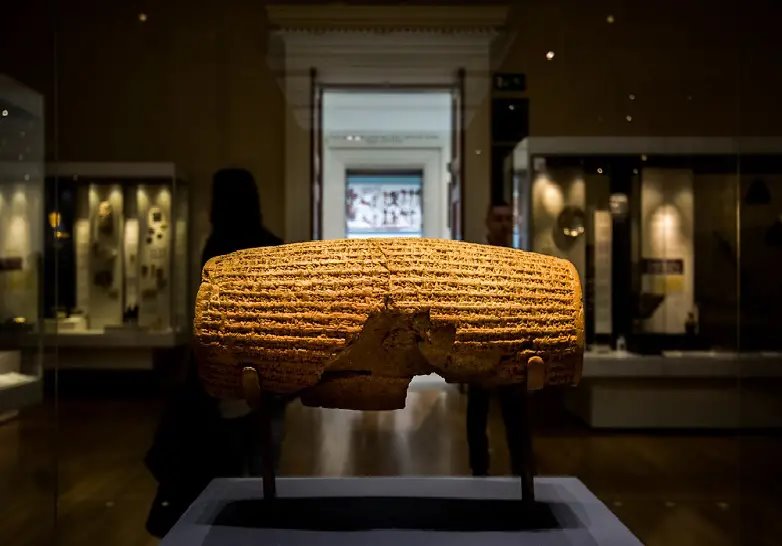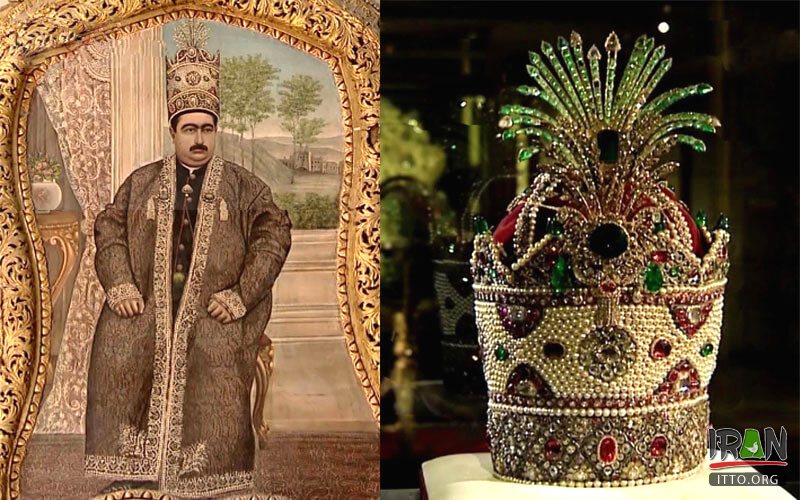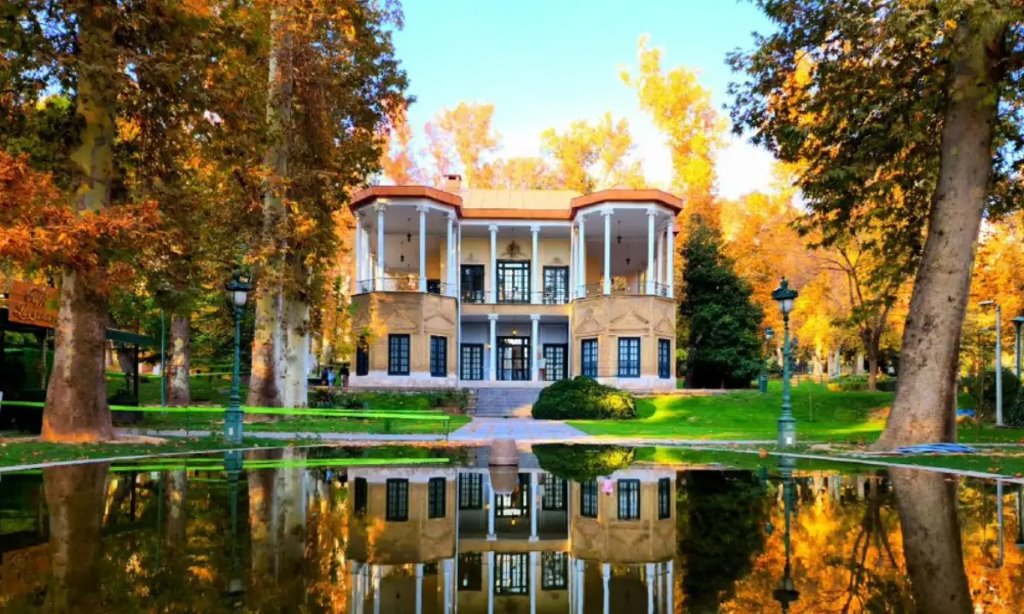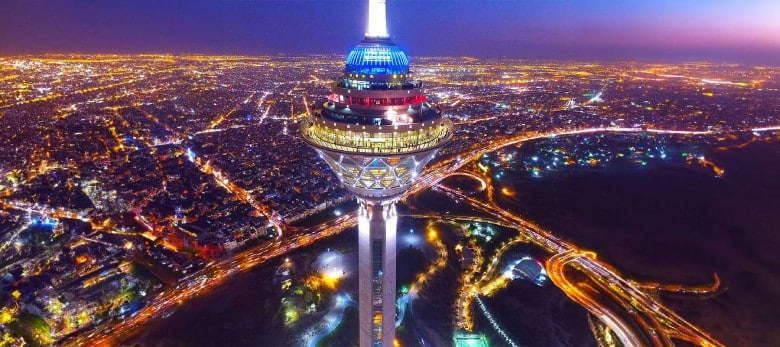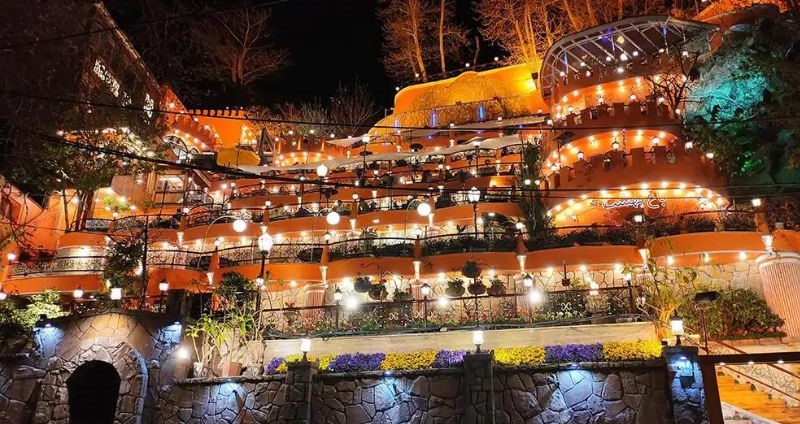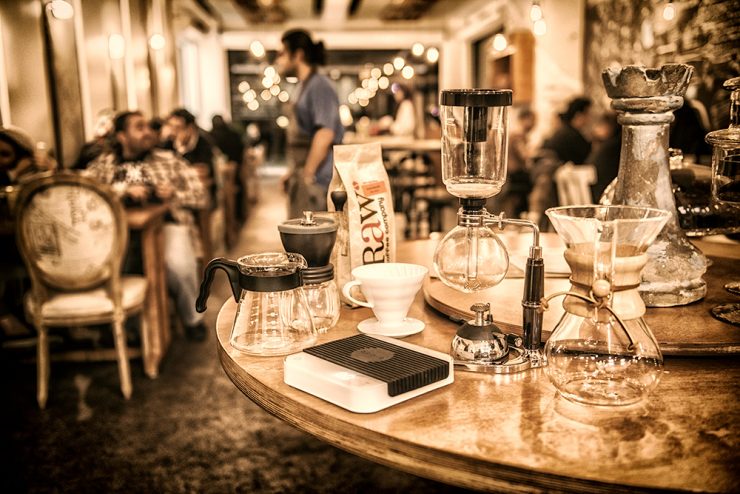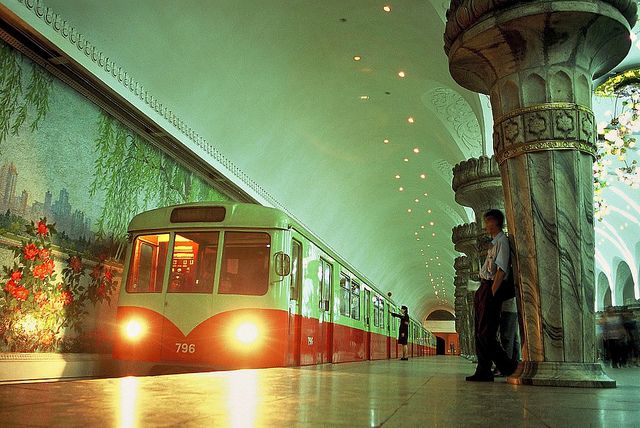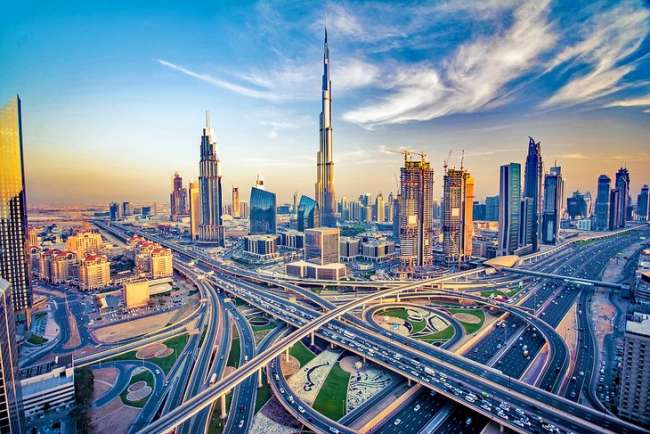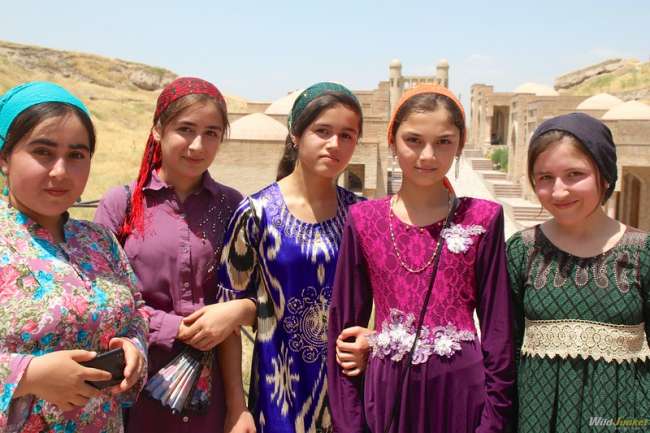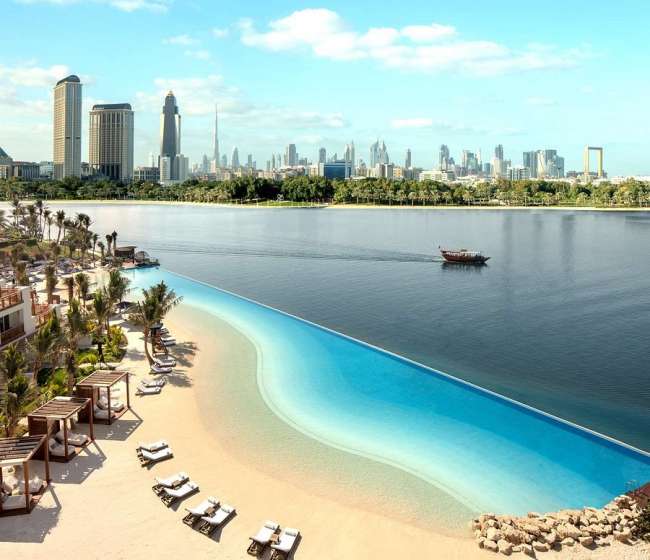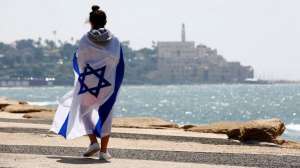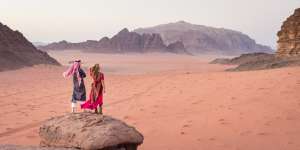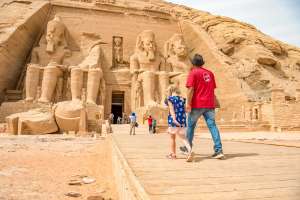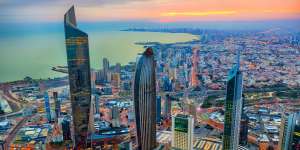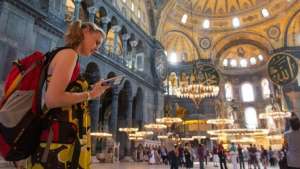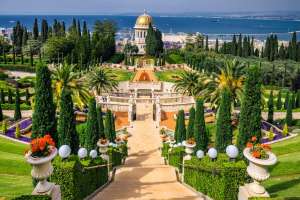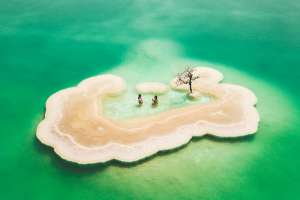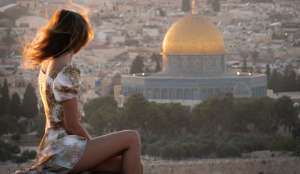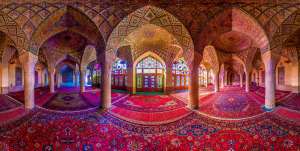Tehran is a city that pulls you in with its contrasts — a place where modern highways run beneath snow-covered mountain peaks, where crowded bazaars sit beside polished cafés, and where history and daily life blend into one fast, colorful rhythm. For first-time travelers, it can feel overwhelming at a glance, but once you begin exploring, you’ll find a city full of personality, stories, and unexpected beauty. Tehran isn’t just the political center of Iran — it’s the cultural heart of the country, shaped by people from every region, each bringing their own traditions, flavors, and energy. The result is a city that feels alive at all hours, constantly moving, yet full of quiet corners that let you slow down and observe.
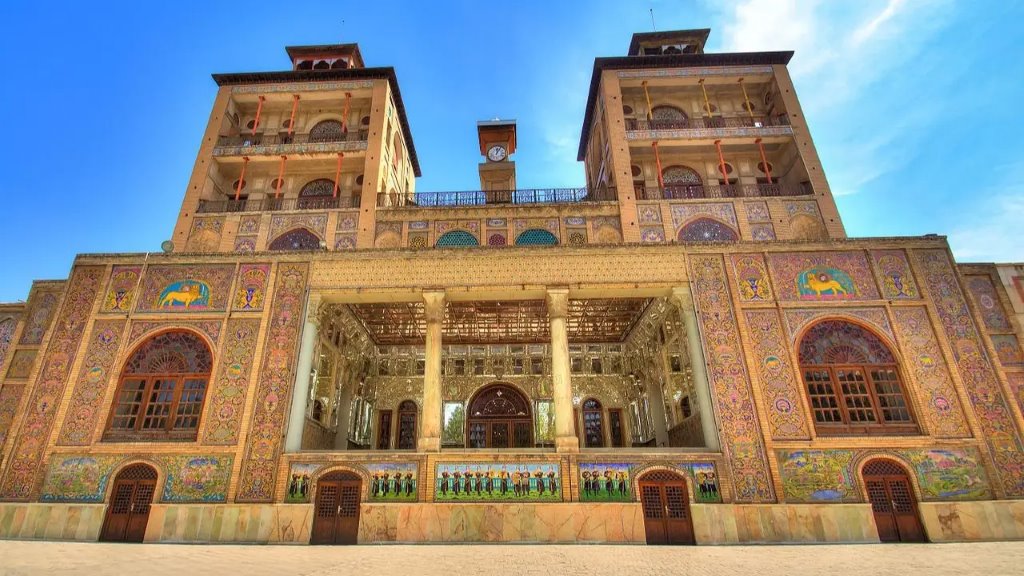
Tehran stretches across the southern foothills of the Alborz Mountains, and the change in altitude shapes the atmosphere of each neighborhood. The northern districts are cooler, greener, and more relaxed, with mountain paths, parks, and cafés that fill up in the evenings. Central Tehran holds the historical sites, the grand museums, and the busy commercial streets. Southern areas feel more traditional, filled with markets, street food, and the fast pulse of everyday life. This mix makes every district feel like a smaller world inside the larger city.
Top 10 Places to Visit in Tehran
A full trip to Tehran naturally circles through its landmarks, each showing a different part of the city’s soul. These ten places are essential for any traveler who wants to understand the depth and character of the capital.
Golestan Palace
Golestan Palace is one of the brightest jewels in Tehran — a royal complex that combines Persian artistry with European influences in a way you won’t see anywhere else. Walking through its courtyards feels like stepping into a different era, where kings held ceremonies beneath mirrored ceilings and gardens stayed peaceful even during political turmoil. The exterior walls are covered in colorful tiles drawn with flowers, birds, and kings wearing their ceremonial outfits. Inside, the Mirror Hall shines from floor to ceiling, sending light in every direction. Marble staircases, crystal chandeliers, and delicate painting work show the precision of Persian craftsmanship. Early morning visits are especially beautiful because the sunlight softens the colors and gives the whole palace an elegant glow.
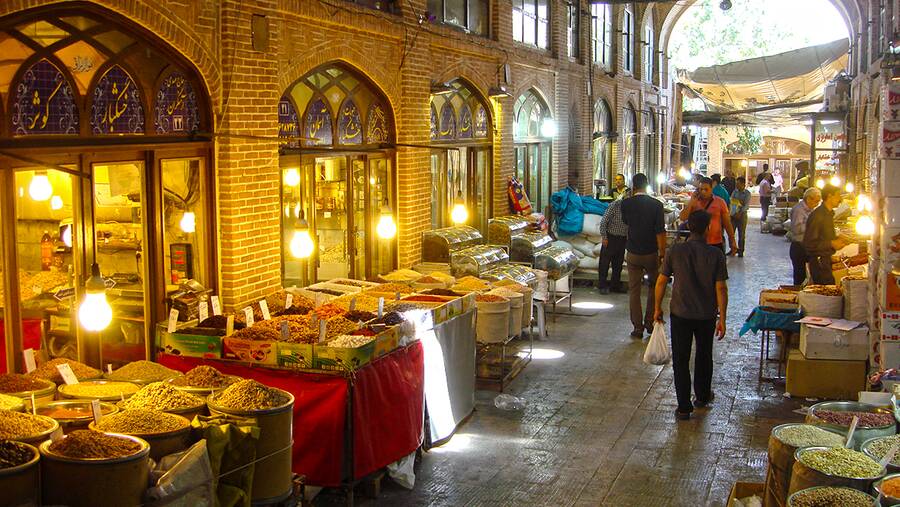
Grand Bazaar of Tehran
The Grand Bazaar is one of the largest and oldest markets in the Middle East, a place where daily life moves fast and every corridor has its own story. It’s not just a market — it’s a living part of the city’s heartbeat. Narrow passages twist into one another like a maze, each section dedicated to something different: spices, carpets, fabrics, copper pots, gold shops, perfumes, dried fruits, and traditional sweets. Vendors call out to customers, buyers negotiate prices, and the smell of saffron, rosewater, and fresh bread floats through the air. The bazaar is busy, loud, warm, and full of energy. Even if you don’t buy anything, walking through it gives you a real sense of Tehran’s traditional side. It’s also a great place to see craftsmen at work — metal engravers, tailors, and carpet sellers who have spent a lifetime mastering their skills.
National Museum of Iran
This museum is the best place to understand Iran’s deep, ancient history in a calm and organized environment. The building feels quiet and dignified, with tall archways and well-lit halls that highlight artifacts from civilizations thousands of years old. You’ll see pottery from the earliest settlements, statues from ancient temples, intricate metalwork, tools, inscriptions, and carved stones that survived from the Achaemenid, Parthian, and Sassanian eras. Every section helps piece together the timeline of Iran before modern life existed. Travelers often say the National Museum is a perfect introduction to the country because it shows just how old and layered Persian civilization really is.
Treasury of National Jewels
Few places in the world hold treasures like this one. The Treasury of National Jewels contains crowns, diamond necklaces, ceremonial swords, royal thrones, and rare stones collected over centuries. The famous Darya-i-Noor diamond — one of the largest pink diamonds in the world — is displayed here, glowing softly under the lights. Walking through the museum feels like entering a vault filled with centuries of power, wealth, and artistry. It’s protected with high-level security, and entry is tightly controlled, which makes the visit feel even more special. The detail in each piece, from tiny gems to massive stones, shows the high level of craftsmanship that Persian jewelers once mastered.
Saadabad Palace Complex
Located in the cooler northern part of Tehran, Saadabad covers a large area at the foot of the mountains. The complex contains several palaces from the 19th and 20th centuries, each with its own architecture and historical background. The White Palace is the most famous, with grand halls, long carpets, and rooms filled with royal furniture. The Green Palace, smaller but decorated with incredible mirror work, is another highlight. The surrounding gardens are full of tall trees, peaceful paths, and quiet corners where you can sit and enjoy the mountain air. Saadabad is spacious enough to spend several hours exploring, especially if you enjoy taking slow walks between each building.
Niavaran Palace
Niavaran Palace is smaller than Saadabad but more intimate and equally fascinating. It combines modern and traditional architectural designs, with tall windows, elegant halls, and a clear view of how the last royal family of Iran lived. The main building has beautiful ceiling decorations, European-style furniture, large carpets, and private rooms preserved exactly as they were. The library and museum sections show personal items and gifts that reflect the royal family’s lifestyle. The small park surrounding the palace gives the area a pleasant and calm atmosphere, making it a refreshing stop in northern Tehran.
Milad Tower
Milad Tower stands high above the city and is visible from many parts of Tehran. Visiting the tower gives you panoramic views of the entire capital — from the crowded central districts to the snowy Alborz Mountains. On clear days, you can see the city stretching endlessly in every direction. The observation deck has indoor and outdoor viewing areas, restaurants, and interactive exhibits. Watching the sunset from Milad Tower is especially memorable, as the city lights gradually turn on and the skyline transforms into a sea of glowing streets and buildings.
Azadi Tower
Azadi Tower is one of the most iconic symbols of Tehran. Its unique shape — a blend of modern architecture and traditional Persian styles — makes it stand out in the large Azadi Square. The marble structure glows beautifully in sunlight, and the geometric patterns carved into it create a timeless look. Visitors can walk beneath the arch or explore the small museum inside. The surrounding area is wide and open, perfect for walking around, taking photos, or sitting quietly to observe the flow of the city.
Darband
Tehran’s connection to nature becomes clear in Darband. It’s one of the most popular starting points for mountain hikes, with a path that follows a flowing river and passes by teahouses and restaurants built into the rock. The sound of water, the smell of grilling kebabs, and the view of colorful lights at night create a lively yet peaceful environment. People often come here in the late afternoon to walk, eat, drink tea, or simply enjoy the cooler mountain air. The higher you climb, the quieter it becomes, offering great viewpoints over the city.
Tabiat Bridge
Tabiat Bridge is more than just a walkway — it’s an architectural landmark designed for people to relax, meet, and enjoy open space. The bridge connects two large parks and has multiple levels with seating areas, cafés, and viewing platforms. It’s one of the most popular evening spots in Tehran, attracting families, couples, joggers, and tourists. The design allows you to see both the skyline and the mountains at once, making the bridge feel like a scenic balcony above the city.
Museums, Culture, and Daily Life
Beyond the well-known landmarks, Tehran has more museums than any other city in Iran, each offering something different. The Museum of Contemporary Art displays modern works from both Iranian and international artists. Small independent galleries in northern neighborhoods show the creativity of younger generations. The Carpet Museum reveals the story of Persian weaving through patterns, colors, and regional designs. Each museum adds another piece to the city’s cultural puzzle.
Cafés have become part of Tehran’s social life. You’ll find cozy teahouses tucked between old alleys, modern coffee shops in quiet residential streets, and stylish spots near parks where young people gather in the evenings. These cafés serve everything from traditional herbal drinks and saffron tea to international coffees and pastries. They’re great places to experience the modern side of the city.
Shopping is equally varied. Modern malls offer international brands and polished spaces, while traditional bazaars and local shops provide handmade crafts, spices, sweets, and clothing. Wandering between these environments shows how Tehran blends global and local lifestyles effortlessly.
Food and Flavors of the Capital
Tehran’s food scene reflects the city’s diversity. You’ll find traditional Iranian dishes served in old-style restaurants with wooden décor and warm lighting, as well as modern eateries that experiment with new flavors. Classic meals like kebab, ghormeh sabzi, gheymeh, and zereshk polo appear everywhere, each prepared slightly differently depending on the neighborhood. Rice is steamed fluffy and topped with saffron, bread arrives fresh and warm, and side dishes like pickles and yogurt complete the meal.
Traditional teahouses serve strong black tea often paired with sugar cubes, dates, or small snacks. These places are usually quiet and atmospheric, sometimes decorated with old photos, calligraphy, and carpets. They give you a sense of Tehran’s slower, nostalgic side.
Street food is another enjoyable part of the city. Vendors sell warm corn, roasted beets in winter, pomegranate juice in autumn, falafel sandwiches, and small kebab wraps. In the evenings, some streets fill with food carts where locals gather for a quick bite before heading home.
International restaurants are plentiful too. Northern Tehran offers Italian, Turkish, Lebanese, Japanese, and even fusion places where young chefs experiment with modern twists. This variety makes it easy for every traveler to find meals that match their preferences while still discovering local flavors.
Nature, Mountains, and Open Spaces
Tehran’s connection to the mountains is one of its most appealing features. The Alborz range rises sharply above the city, and many residents spend weekends hiking, enjoying the cool air, and gathering with family and friends outdoors.
Darband is one of the most popular spots. A trail follows a small river, passing teahouses built into the hillside. People stop for herbal tea, grilled kebabs, fresh bread, or simple snacks while enjoying the sound of running water. The atmosphere becomes lively in the evenings with lights reflecting off the rocks.
Darakeh offers a more natural feel with longer hiking trails and quiet areas where the sounds of the city disappear entirely. The path leads to viewpoints with sweeping views of Tehran, especially in the early morning or late afternoon.
Tochal adds another dimension to Tehran’s outdoor life. A cable car takes you high up the mountain, where you can enjoy panoramic views, cool temperatures, and even a ski resort in winter. The contrast between the crowded city below and the peaceful mountain air is something visitors never forget.
Inside the city, parks like Mellat Park, Laleh Park, and Ab-o-Atash Park serve as green spaces where people walk, exercise, picnic, or meet friends. At night, families gather, children play, and the atmosphere becomes relaxed and social. These parks show how much Tehran values public outdoor life despite being such a large city.
Transportation and Moving Around the City
The metro is one of the easiest ways to explore Tehran. It connects major attractions, business districts, and residential areas efficiently. Trains are clean, safe, and inexpensive, making them ideal for travelers who want to avoid traffic.
Taxis and ride-hailing apps operate everywhere and are convenient for reaching places that aren’t near metro lines. Traffic can get heavy during peak hours, but drivers are familiar with shortcuts and side streets that help keep the ride smooth.
Walking is enjoyable in certain areas, especially the northern parts where the air is clearer and streets have more shade. Central Tehran is busier but full of interesting shops and local life. Many travelers split their day between walking in compact neighborhoods and using the metro or taxis for long distances.
Tehran leaves a strong impression on travelers because of its mix of culture, history, energy, and mountain scenery. It can be fast and bold, but it also has a softer side that appears in quiet gardens, peaceful museums, small cafés, and early-morning mountain paths. Exploring the city gives you a deeper understanding of how Iran lives today — modern, traditional, busy, creative, and full of contrasts. Every day in Tehran reveals a new perspective, and that’s what makes the city such a memorable destination.



